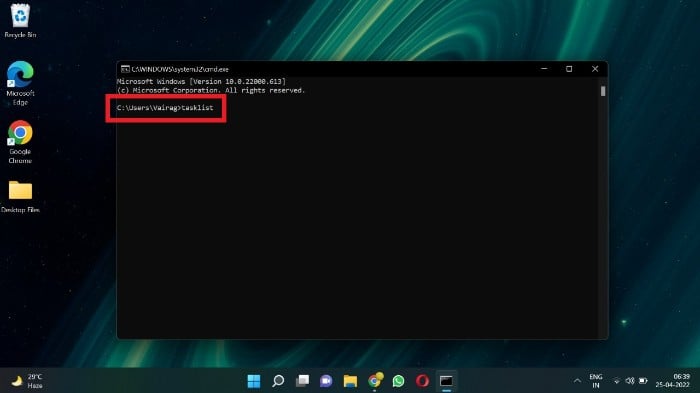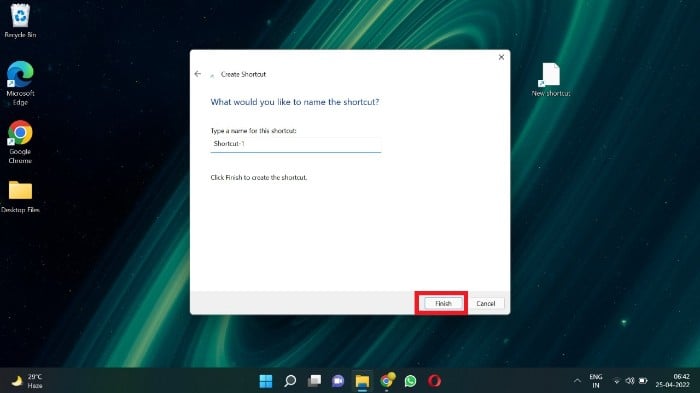Force Quit is a process on Windows that allows users to close unresponsive apps forcefully. This feature is especially helpful because it helps the user end the program externally, i.e., without interacting with the frozen app. Here’s a complete guide on when you might need to force quit an app and how to do it on Windows 11.
Why do you need to Force Quit a Program?
Programs can get unresponsive due to some system or app malfunctioning. This may result in a scenario where the user won’t be able to close the program manually even if they wish to. Force quit is the last option to end a program forcefully. The user will need to use force quit when the program becomes unresponsive, and they’re out of options. Force quitting the program will help the system run in an optimum state by getting rid of the faulty program.
How can you Force Quit Apps on Windows 11?
Thankfully, users can force quit Windows 11 apps in a multitude of ways. However, please be aware that forcibly ending an app may result in your progress or data getting lost. If you are comfortable with the risks associated, the methods to force quit apps on Windows 11 are as follows:
Method 1: Using Keyboard Shortcut
This is the most common and easiest method to force quit an app. Press Alt+F4 on your keyboard and the current program will be closed.
Method 2: Using Task Manager
Task Manager is used for monitoring the active programs. It can also be used to kill unresponsive apps in the following manner :
Press Ctrl + Shift + Esc keyboard shortcut to launch Task Manager.2. Select the program you want to force quit.
Click on End Task.
Method 3: Using Commands
Users can also use commands to terminate unresponsive programs. We will use the Command Prompt window for this method.
To launch the command prompt, press Win + R keys. A search box will appear.
In the search box, type “cmd.exe” and press enter.
Command Prompt window will appear. Type “tasklist” and click enter.
A list of the active programs will appear. Note down the name of the program you want to terminate.
Type “taskkill/im [name of the program].exe” and press enter to end the program. For example, the “taskkill/im Whatsapp.exe” command is used to kill WhatsApp.
You should see a success message that the app has been terminated.
Command prompt can be used to perform a variety of operations. Head here to learn how to use it effectively.
Method 4: Using Desktop Shortcut
This method is useful if you have to deal with unresponsive apps frequently. Here, we will make a desktop shortcut to force quit an unresponsive app on Windows. When triggered, this shortcut will automatically close any frozen apps.
Right-click in an empty space on the desktop and select New -> Shortcut.
In the location box, paste this command – taskkill /f /fi “status eq not responding” and click on Next.
Give a name to your shortcut and select Finish.
We have successfully created a desktop shortcut to kill unresponsive apps and programs.
Force Quit Apps on Windows 11 Effortlessly
By following any of the techniques mentioned above, you should be able to force quit apps on Windows 11 and continue with your day-to-day operations. We find the Alt+F4 method to be the quickest and the easiest. Kindly let us know if you found the force quit apps on Windows 11 guide helpful. You can also post any queries or feedback that you may have in the comments section.
1. Can I always force quit apps?
Forcibly closing an app is not healthy and should only be used as a last resort. When users force quit an app, they may lose their data or files. This happens because the program didn’t get a chance to save the progress as it was abruptly closed. Therefore, whenever possible close apps the traditional way.
2. What can I do if the unresponsive app issue still persists?
Usually, killing the faulty process should fix your problem. But in some instances, you might need to restart your computer to resume regular operations.
3. How can I force quit an app without using Alt+F4 or Task Manager?
Task manager and Alt+F4 are the most common methods used to force close an app. However, they may fail to work at times. You can use the command prompt or shortcut method in such a scenario.
3. What are some other useful keyboard shortcuts like Alt + F4?
We have compiled an entire list of useful Windows 11 keyboard shortcuts here. Meanwhile, Mac users can refer to this guide.
4. I am a macOS user. Can I follow this guide to force quit apps on macOS?
Windows and macOS are two different operating systems. Therefore, they have different procedures and methods. We have made a dedicated guide to help users force quit programs on macOS.

















